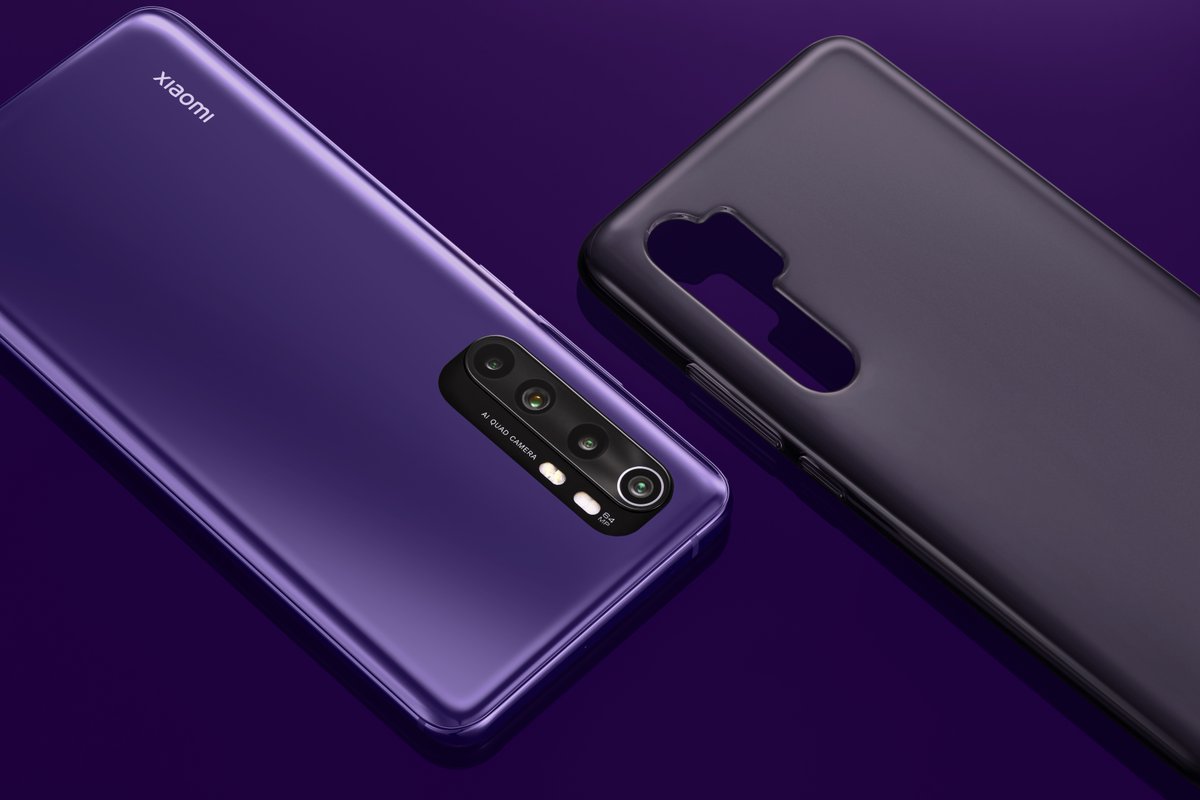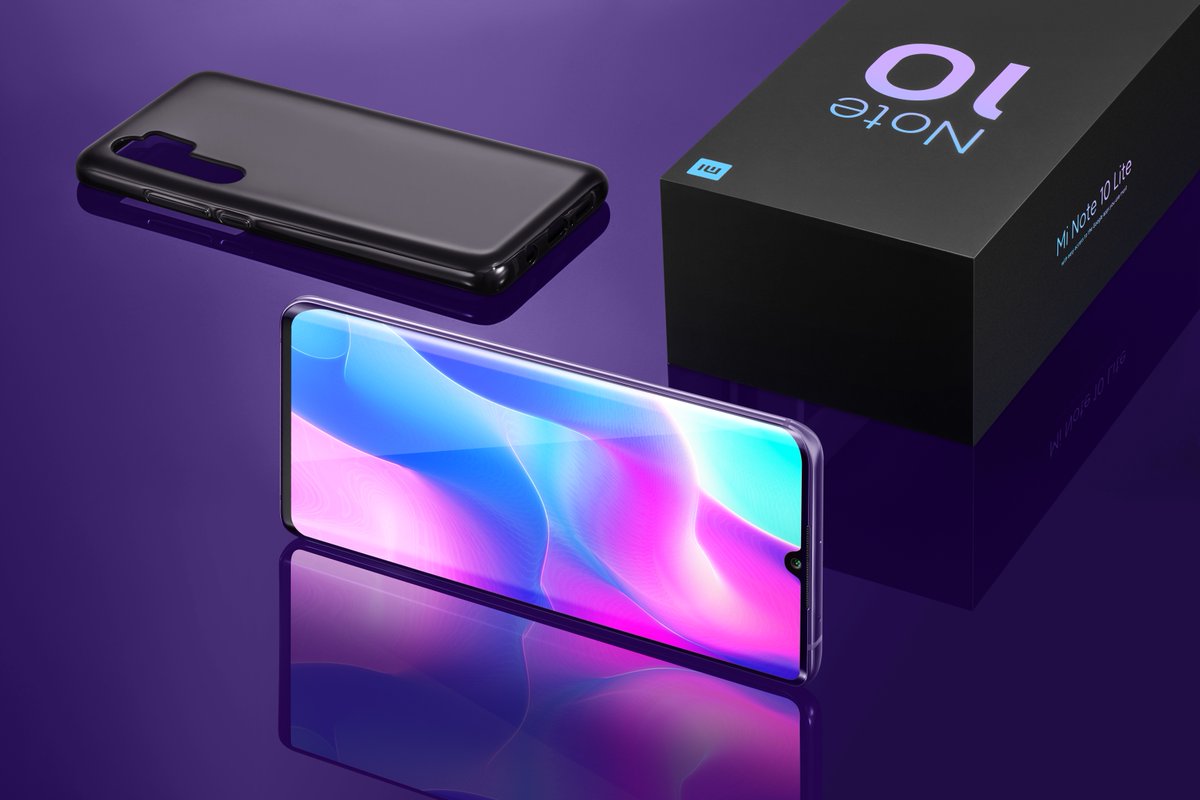Unraveling 'Miah Kenzo Age': Beyond The Search Query
- Unraveling 'Miah Kenzo Age': Beyond the Search Query
- The Enduring Legacy of the Name Miah
- Miah: More Than Just a Name – A Digital Presence
- Navigating the Digital Landscape: The Quest for Personal Information
- Unexpected Connections: Miah and the Integrity of Your Home
- Why Trust Matters: E-E-A-T and YMYL Principles
- Conclusion: The Rich Tapestry of Information
The Enduring Legacy of the Name Miah
The name Miah is a truly fascinating example of how a single name can traverse cultures, languages, and centuries, accumulating a rich tapestry of meanings and associations. Often sought after by those interested in its heritage, Miah stands as a beautiful feminine given name and, in some contexts, a surname, boasting multiple interpretations rooted in diverse cultural and linguistic backgrounds. It is frequently regarded as a variant or alternative spelling of more widely recognized names, yet it holds its own distinct charm and significance.Linguistic Roots and Cultural Interpretations
The primary understanding of Miah is often as an alternate spelling of Maya. This connection immediately opens up a world of meanings, as Maya itself is a name with deep roots across various cultures: * **Spanish Origin:** In Spanish, Miah can be seen as a diminutive of Amalia, a name of Germanic origin meaning "work" or "industrious." This suggests a connotation of diligence and effort. * **Hindi/Sanskrit Origin:** In Sanskrit, "Maya" translates to "illusion" or "magic." This meaning often evokes a sense of enchantment, wonder, and the ephemeral nature of reality. It is a profound concept in Hindu philosophy, referring to the power that creates and maintains the universe's illusory appearance. * **Russian Origin:** The name Maya also has a presence in Russian culture, often associated with the month of May, symbolizing spring, renewal, and blossoming. * **Hebrew Origin:** When traced back to Hebrew, Miah, or its root Mia/Maya, can mean "water" or "spring," symbolizing life, renewal, and purity. Furthermore, in Hebrew, Miah is said to mean 'close to God' or 'beloved of God,' suggesting a spiritual connection and divine favor. It is also linked to 'Jeremiah' in Hebrew, further cementing its biblical ties to water. * **Arabic Origin:** In Arabic, Miah signifies endearment and preciousness, conveying a sense of cherished value and affection. * **Latin Origin:** As a derivative of Mia, Miah can also draw from Latin roots, where "mea" means "mine" or "my," giving it a personal and possessive sense of affection and belonging. * **Scandinavian Origin:** Mia, from which Miah is derived, is a popular Scandinavian diminutive of Maria, meaning "bitter" or "of the sea." This dual meaning can represent resilience and depth, like the vastness and sometimes harshness of the ocean. * **English Origin:** Predominantly, Miah is recognized as a female name of English origin, carrying the meanings "of the sea" or "bitter," echoing its Scandinavian connections. This incredible linguistic journey showcases Miah as a name that truly spans cultures and languages, sharing several profound and beautiful meanings. Whether it evokes images of the sea, the freshness of a spring, the magic of illusion, or the warmth of being beloved, Miah is a name rich in heritage and interpretation.Miah's Popularity and Modern Usage
In recent years, the name Miah has experienced a surge in popularity, particularly in Western countries like the United States. Its gentle sound, combined with its diverse and appealing meanings, has made it an attractive choice for new parents. The alternative spelling offers a unique touch while retaining the familiarity and charm of its more common counterparts like Mia or Maya. This growing appeal underscores a broader trend in naming conventions, where parents often seek names that are both classic and distinctive, carrying a meaningful story within their syllables. The ease of pronunciation and its soft, melodic quality further contribute to its widespread acceptance and enduring charm in contemporary society.Miah: More Than Just a Name – A Digital Presence
Beyond its profound etymological roots and personal significance, the name "Miah" also surfaces in the digital realm in a very tangible way. Interestingly, the term "Miah" is also associated with a significant commercial entity: "Miah Bangladesh's largest traditional online shop." This particular reference highlights how names can evolve beyond personal identifiers to become brand names, representing businesses, services, or products. This online shop, presumably a prominent e-commerce platform in Bangladesh, demonstrates the versatility of the name "Miah." It transitions from a personal, intimate identifier to a public, commercial brand, serving as a gateway for traditional goods and services within a modern digital framework. This duality underscores the dynamic nature of language and nomenclature in a globalized world, where a single word can carry deeply personal meanings while simultaneously representing a vast commercial enterprise. For anyone searching for "miah kenzo age," they might unexpectedly encounter this commercial entity, further diversifying the search results and demonstrating the varied contexts in which the name "Miah" appears.Navigating the Digital Landscape: The Quest for Personal Information
The internet has revolutionized how we access information, making it incredibly easy to search for almost anything, including personal details. However, when a specific query like "miah kenzo age" arises, it's crucial to understand the limitations and ethical considerations involved in seeking personal data. While the fascination with public figures or individuals can be high, verifiable biographical information, especially regarding age, is often private and not publicly disclosed for privacy and security reasons. In the context of E-E-A-T (Expertise, Authoritativeness, Trustworthiness) and YMYL (Your Money or Your Life) principles, providing accurate and verified information is paramount. For personal details like an individual's age, unless they are a prominent public figure who has chosen to share such information, it is generally not available through reliable public sources. Our discussion of the name "Miah" serves to provide a comprehensive understanding of its linguistic and cultural background, which is publicly verifiable, rather than speculating on the private details of any specific person. Therefore, while the query "miah kenzo age" might be a common search, the most responsible approach is to focus on the broader, publicly available, and verified information related to the name itself, respecting individual privacy.Unexpected Connections: Miah and the Integrity of Your Home
In a surprising linguistic twist, the term "Miah" or its phonetic similarity can lead us to a completely different, yet critically important, topic: the physical integrity of our homes, specifically concerning copper piping. While there's no direct etymological link between the name "Miah" and copper corrosion, the phonetic resemblance to terms like "mire" or "moisture" can, in a broader sense, evoke conditions that lead to such issues. More importantly, the data provided alongside the query "miah kenzo age" included extensive details about copper corrosion, suggesting a fascinating, albeit indirect, connection the user might be interested in. This highlights how a single search query can inadvertently lead to a wealth of diverse, valuable information.Understanding Copper Oxidation: The Green Indicator
Copper is a durable and widely used material for plumbing in homes due to its excellent conductivity and resistance to corrosion. However, like many metals, it is susceptible to oxidation when exposed to certain environmental factors over time. This process often manifests as a green or dark black buildup on the surface of copper pipes, fittings, or around shutoff valves. Here's what you need to know about this phenomenon: * **What it is:** The green color that appears on copper pipes is a form of oxidation. This occurs when the copper comes into contact with moisture and air, leading to a chemical reaction. * **Is it harmful?** While an oxidized layer (patina) on copper is generally not harmful in itself and can even protect the underlying metal from further corrosion, excessive or specific types of oxidation can indicate underlying issues. Oxidation on copper pipes, particularly when caused by corrosive water, can indeed be problematic. * **Symptoms of aggressive water:** If you observe significant green or blue water discoloration, the appearance of greenish soap scum, or blue and green stains on tubs, showers, and sinks, these are strong indicators of aggressive water. Aggressive water is corrosive water that dissolves metals it comes into contact with, including copper. This can lead to copper leaching into your drinking water, which can have health implications if levels are too high. * **Causes:** The most common cause is prolonged exposure to water and air. However, "aggressive water" – water with a low pH, high oxygen content, or certain mineral compositions – significantly accelerates this process. High water velocity and even certain types of insulation can also contribute. Understanding these symptoms is crucial for homeowners. Ignoring persistent green discoloration or water issues can lead to more significant plumbing problems and potential health concerns.Protecting Your Investment: Solutions for Copper Corrosion
Addressing green buildup and copper corrosion proactively is essential for maintaining the integrity of your home's plumbing system and ensuring water quality. Fortunately, for minor surface oxidation, common household items can be surprisingly effective. However, for persistent or severe issues, professional intervention is always recommended. Here are some methods for removing green corrosion: * **White Vinegar:** This is the most important item for cleaning copper. White vinegar is essential for removing corrosion without damaging the underlying metal due to its mild acidic properties. * **Baking Soda and Salt:** These common household items, when combined with vinegar, can create a gentle abrasive paste that effectively removes green corrosion without harming the metal. * **Application:** You'll also need a scrub sponge or brush and an old cloth. Apply the vinegar or a paste of vinegar, baking soda, and salt to the affected area. Let it sit for a few minutes to allow the acid to work on the oxidation. * **Scrubbing:** Gently scrub the green areas with your sponge or brush. For tougher spots, a bit more elbow grease might be needed. * **Rinsing:** Thoroughly rinse the area with clean water to remove all traces of the cleaning solution. * **Drying:** Dry the copper thoroughly to prevent immediate re-oxidation. **Important Considerations for Severe Issues:** While these DIY methods are great for superficial cleaning, they do not address the root cause of aggressive water or significant internal pipe corrosion. * **Professional Assessment:** If you notice persistent green water, widespread pipe discoloration, or frequent leaks, it is crucial to consult a qualified plumber or water quality expert. They can test your water for corrosivity, identify the underlying causes (e.g., pH imbalance, high oxygen), and recommend appropriate solutions such as water treatment systems (e.g., acid neutralizers) or pipe replacement. * **Health Risks:** Long-term exposure to high levels of copper in drinking water can lead to health issues, including gastrointestinal distress, and in severe cases, liver or kidney damage. This is why addressing aggressive water is a YMYL (Your Money or Your Life) concern, impacting both financial investment in your home and the health of its occupants. Always prioritize professional advice for significant plumbing or water quality concerns.- Sulzbacher Village Photos
- Dr Bianca Chiara
- Glitz Event Rental
- Star Home Furniture
- Pizza Parlor Lunch Specials

Nehemiah B.Kaskenzo (@kenzo_miah) | Twitter

Nehemiah B.Kaskenzo (@kenzo_miah) | Twitter

Nehemiah B.Kaskenzo (@kenzo_miah) | Twitter